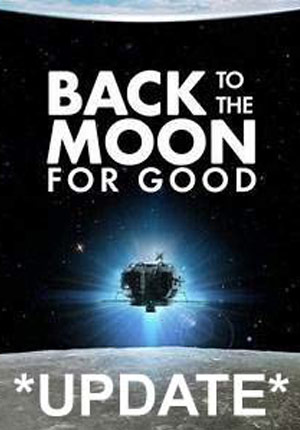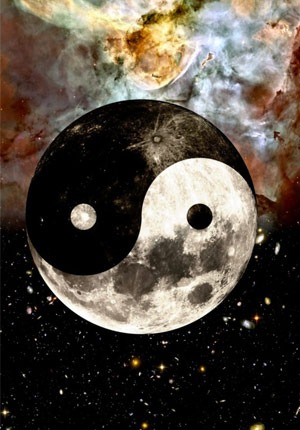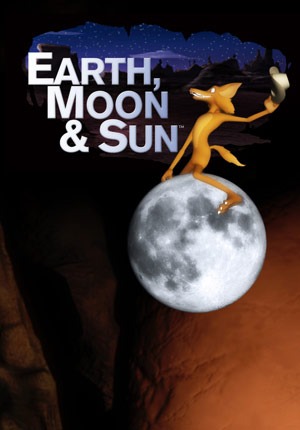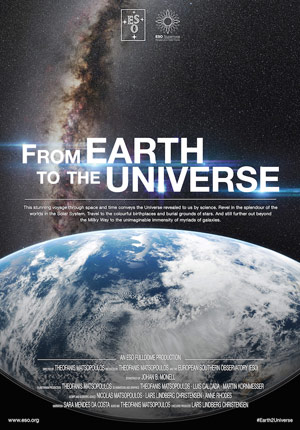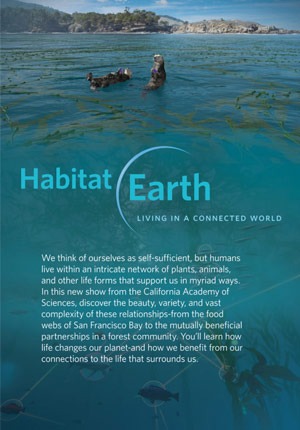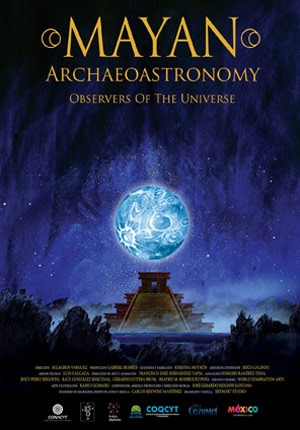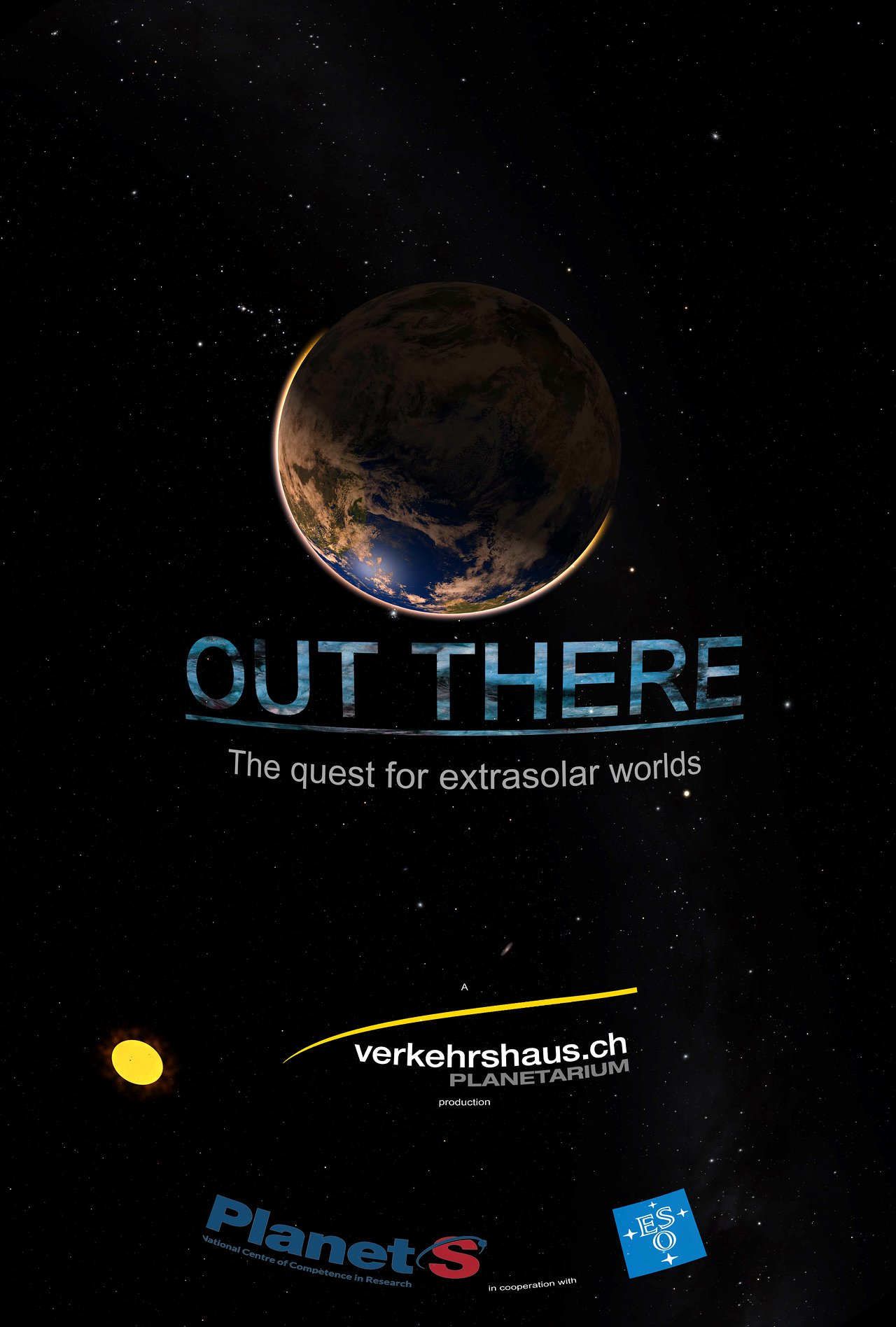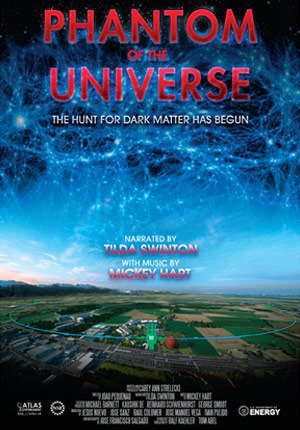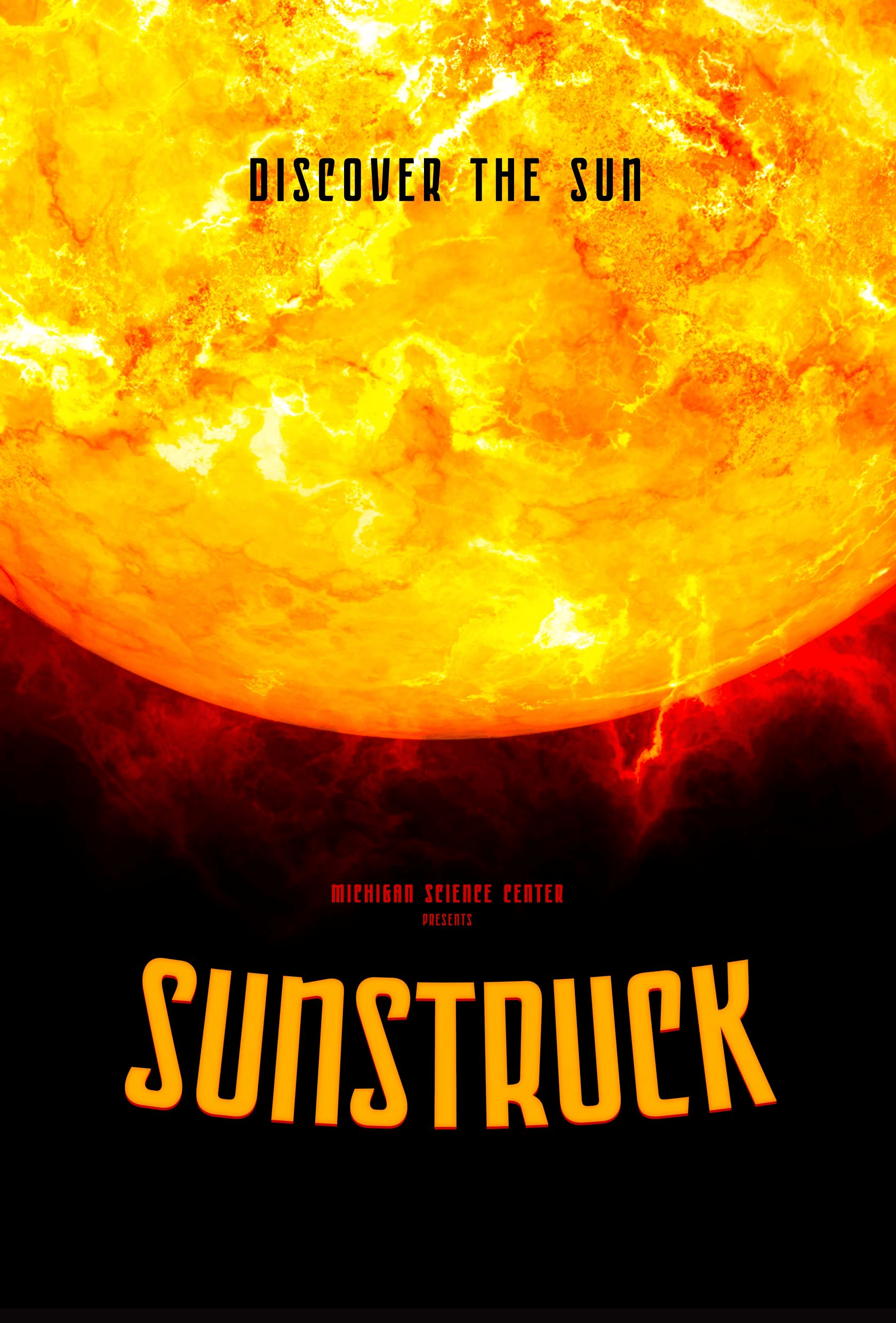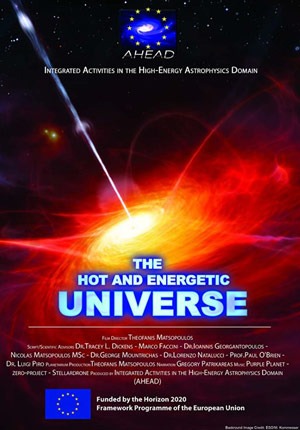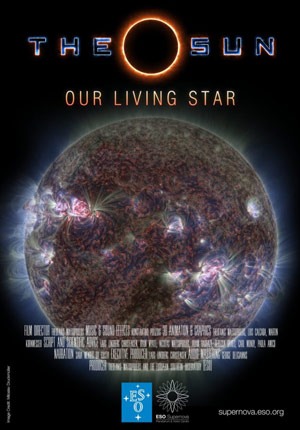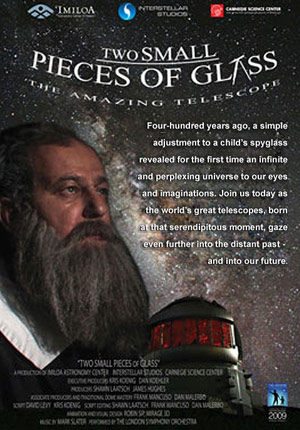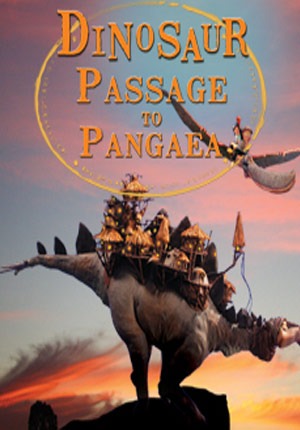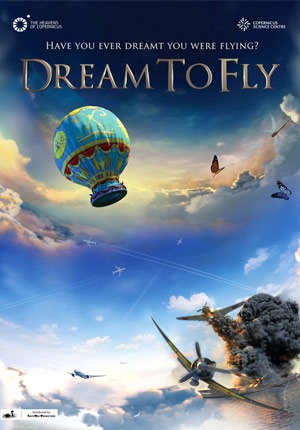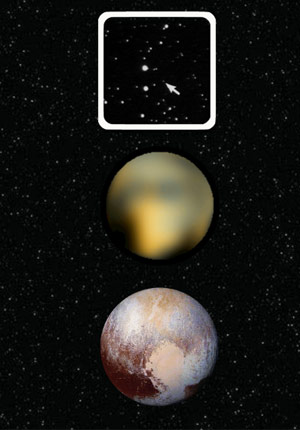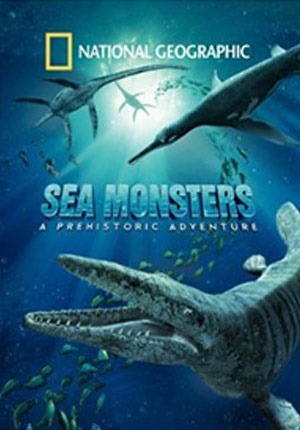About the Shows
Shows Including a Night Sky Tour
Asteroid: Mission Extreme
Length: 25 minutes
Asteroid: Mission Extreme takes audiences on an epic journey to discover how asteroids are both a danger and an opportunity. The danger lies in the possibility of a cataclysmic collision with Earth; the opportunity is the fascinating idea that asteroids could be stepping stones to other worlds – veritable way stations in space – enabling us to cross the Solar System. Explore what it would take for astronauts to reach an asteroid and how such an adventure could benefit humankind.
Back to the Moon for Good
Length: 25 minutes
None of the 32 teams selected to compete for Google’s Lunar X prize were able to launch before the March 31, 2018 final deadline. But, several teams that were close to being ready continued to work toward their goal. As a result, on April 11, 2019, Israel became the fourth nation to land a spacecraft on the Moon. This presentation includes both the original Lunar X Prize video and a five minute tribute to Israel’s recent accomplishment
Chinese Astronomy
Length: 25 minutes
China’s history of detailed celestial observations dates back more than three thousand years. Systematic record keeping that began in the following millennium qualifies Chinese Astronomy as one of the most advanced of the ancient world.
Climate Change: What Future Are We Facing?
Length: 30 minutes
This show will entertain and educate with an easy-to-understand story about how our planet’s climate is changing. Through the immersive impact of fulldome, the viewer is plunged into a spectacular environment recreating landscapes and virtual scenes. From the examination of meteorological phenomena to the exploration of large natural spaces and weather conditions, fulldome provides a memorable way to learn about this highly topical and transcendent issue.
Earth, Moon & Sun (Great for kids)
Length: 25 minutes
This show examines the Earth-Moon-Sun system with the help of Coyote, a character adapted from Native American oral traditions. Topics include why the Sun rises and sets; how Earth’s rotation and revolution relate to day and night; and the Moon’s orbit, phases, eclipses and surface features.
From Earth to the Universe
Length: 30 minutes
A voyage to the colorful birthplaces and burial grounds of stars, and still further out, beyond the Milky Way, to the unimaginable immensity of the myriad galaxies. Along the way, learn about the history of astronomy, the invention of the telescope, and today’s giant telescopes that allow us to continue to probe ever deeper into the Universe.
Habitat Earth
Length: 25 minutes
Living networks connect and support life forms large and small—from colonies of tiny microbes and populations of massive whales to ever-expanding human societies. In the California Academy of Sciences’ latest original planetarium show, Habitat Earth, discover what it means to live in today’s connected world. Through stunning visualizations of the natural world, dive below the ocean’s surface to explore the dynamic relationships found in kelp forest ecosystems, travel beneath the forest floor to see how Earth’s tallest trees rely on tiny fungi to survive, and journey to new heights to witness the intricate intersection between human and ecological networks.
Mayan Archaeoastronomy
Length: 20 minutes
Mayan Archaeoastronomy: Observers of the Universe is a unique intertwining of science and mythology to take the viewer on a poetic journey through how the Mayans have viewed and understood the Universe throughout their history. The visuals are stunning, giving the viewer the impression of being inside a beautifully stylistic painting. This artistic interpretation of the Universe makes for a journey that will not be forgotten.
Out There: The Quest for Extrasolar Worlds
Length: 30 minutes
The Quest for Extrasolar Worlds tells the story of how human curiosity has driven us to look outwards for millennia, to discover and explore new and distant worlds and to find the unfamiliar and extraordinary forms of life that could exist in the mysterious realms of the Universe.
Phantom of the Universe: The Hunt for Dark Matter
Length: 27 minutes
The 20th century witnessed amazing advancements in our understanding of the Universe. But, in the early 1930’s evidence began to accumulate that suggested to astronomers that they were missing a large piece of the puzzle. By the end of the century it had become apparent that the Universe contained nearly six times more mass than was previously thought. This 27-minute video chronicles the ongoing search for this mysterious missing mass, now known simply as dark matter.
Rock on Demand
Length: 25 minutes
Rock on Demand features classic rock music set to dazzling laser imagery and full-dome CG. Listen to your favorite classic rock while watching visually stunning graphics, like a laser rock show!
Solar Quest
Length: 10 minutes
Solar Quest is an eleven-minute video that focuses on the Sun–Earth environment: Specifically, how our atmosphere and magnetic field protect life on Earth from the Sun’s impact. This show highlights the role the Earth-orbiting Solar Dynamics Observatory plays in predicting severe space weather.
Sunstruck
Length: 21 minutes
The Hot and Energetic Universe
Length: 27 minutes
This 27-minute video showcases recent advancements in the science of astronomy. Of particular interest has been the development of instruments that can detect frequencies of light invisible to the human eye, from low energy infrared and radio waves, to high energy ultraviolet rays, x-rays, and gamma rays. A detailed examination of these previously hidden light waves has revolutionized our understanding of the Universe.
The Sun: Our Living Star
Length: 25 minutes
The Sun has shown on our world for four and a half billion years. It is our nearest star and our planet’s powerhouse, the source of energy that drives our weather and sustains virtually all life on Earth. Discover the secrets of our star in this planetarium show and experience never-before-seen images of the Sun’s violent surface in immersive full-dome format.
Two Small Pieces of Glass
Length: 25 minutes:
“Two Small Pieces of Glass – The Amazing Telescope” follows two students as they interact with an astronomer at a local star party. Along the way, the students learn the history of the telescope from Galileo’s modifications to a child’s spyglass — using two small pieces of glass — to the launch of the NASA/ESA Hubble Space Telescope and the future of astronomy. Aiming to engage and appeal to audiences of all ages, the show explores the wonder and discovery made by astronomers throughout the last 400 years.
Shows Not Including a Night Sky Tour
Dinosaur Passage to Pangaea
Length: 36 minutes
This animated adventure explains one of the greatest geological events in Earth’s history: The separation of the supercontinent Pangaea. When two children embark on a geology field trip back in time, they are thrown into a fantastic voyage where they witness incredible geological wonders and learn about the mysterious process that created present-day continents

The Dark Matter Mystery
Length: 37 minutes
About a quarter of the entire universe consists of a mysterious dark matter. We know it’s there, but we don’t know what it’s made of. This full-dome planetarium show takes you on the biggest quest of contemporary astrophysics. You will see why we know that Dark Matter exists, and how this search is one of the most challenging and exciting searches science has to offer.
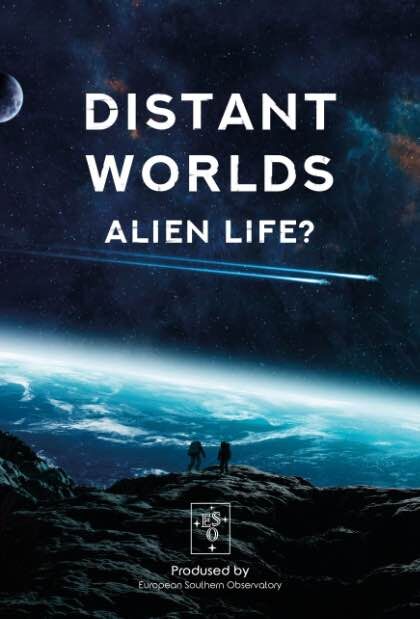
Distant Worlds-Alien Life?
Length: 52 minutes
The night sky is a view of infinity. Does alien life exist out there? Nothing we can ask about the Universe is so important for our understanding of the world. In the show we examine the conditions for a habitable zone starting the journey in our own Solar System. Then we imagine a tour to some of the recently discovered exoplanets orbiting other stars in the Milky Way. What might be essential for life on distant moons or planets and how could we detect it?
DREAM TO FLY
Length: 35 minutes
Discover the mystery of flight with Leonardo da Vinci, Montgolfier brothers, Wright brothers and other inventors. Experience the adventure and find out how this immense and challenging dream, for which mankind has strived since the beginning of history came true. (Warning! This show contains battle scenes that may be disturbing to some viewers.)
From “Planet X” to New Horizons: The Story of Pluto
Length: 40 minutes
Eighty-five years after the discovery of Pluto, NASA’s unmanned space probe, New Horizons came within 7,800 miles of the planet’s icy surface. This Roberson Museum production celebrates these two astronomical milestones and pays tribute to the people whose contributions made them possible.
Sea Monsters: A Prehistoric Adventure (Family Friendly)
Length: 42 minutes
Bring marine reptiles and other creatures of the prehistoric world to life through this National Geographic film.


